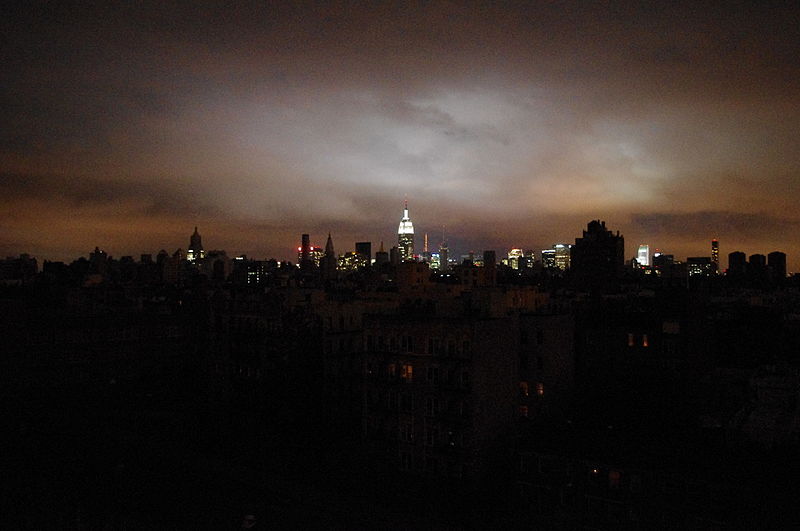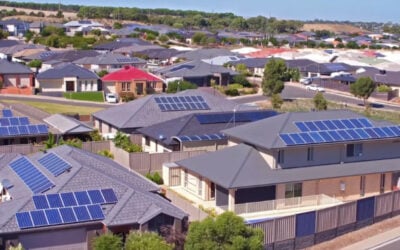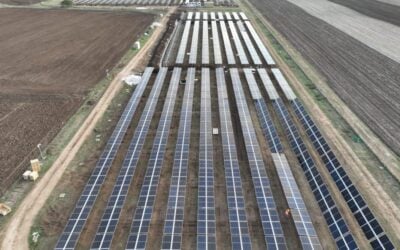
New York’s energy storage sector kicked off activity in earnest towards the end of 2019 with some large-scale projects on the utility side of the electricity meter, but a small handful of customer-sited systems will now explore the benefits behind-the-meter (BTM).
As Energy-storage.news has reported on several recent occasions, numerous multi-megawatt scale projects have been commissioned or are in the pipeline, ranging from local fossil fuel replacement to participation in wholesale markets to a 20MW demonstration project by the New York Power Authority (NYPA) to ease transmission constraints. All are in the general ballpark of assisting the US state to reach its 3GW by 2030 deployment target, which in turn supports a 50% carbon-free electricity pledge by the same year – going to 100% by 2040.
Enjoy 12 months of exclusive analysis
- Regular insight and analysis of the industry’s biggest developments
- In-depth interviews with the industry’s leading figures
- Annual digital subscription to the PV Tech Power journal
- Discounts on Solar Media’s portfolio of events, in-person and virtual
Last week, project developer and manager Kruger Energy said that along with smart software and technology solutions company Peak Power, it has deployed three commercial and industrial (C&I) energy storage projects into a behind-the-meter virtual power plant (VPP).
While the three systems add up to a relatively modest 1MW of output and 4.2MWh of energy storage capacity, the pair nonetheless claim it is one of the largest such VPPs in the state. All three are hosted at commercial facilities owned by GHP Realty, a property management company.
Kruger Energy and Peak Power hinted that this could be just an initial step for a wider rollout, with the pair strategically partnered on expanding into New York’s distributed generation market and also to “explore business models in the electrification of trucking and industrial sectors,” according to a press release.
The virtual power plant – i.e. the aggregated capabilities of the three systems together – will participate in utility Con Edison’s Demand Management Program, which serves a number of important purposes: it helps office buildings perform load displacement to avoid overloading in the local grid, it reduces Con Edison’s costs relating to its obligations to deliver local capacity and power, it also reduces greenhouse gas (GHG) emissions locally.
The aggregated C&I plant is able to also join the utility’s demand response programme and join transmission grid operator NYISO’s Installed Capacity Market (ICAP), which helps maintain reliability of the electric system and keep the lights on, which as well as again, serving an important purpose locally, means the energy storage assets earn revenues from multiple streams.
It remains to be seen however, how successful the projects can be in joining that NYISO ICAP. Energy-Storage.news reported just last week that Federal Energy Regulatory Commission (FERC), the US’ main regulator, dismissed a complaint against NYISO that clean energy advocates said still favoured fossil fuels in ICAP participation.
“We are very excited to enter the New York energy storage market. With several energy storage projects under way in Canada and the U.S., we needed the very best optimisation software on the market to offer our customers the most innovative and cost-efficient solution, which is why we partnered with Peak Power,” Kruger Energy senior VP and COO, Jean Roy, said.






